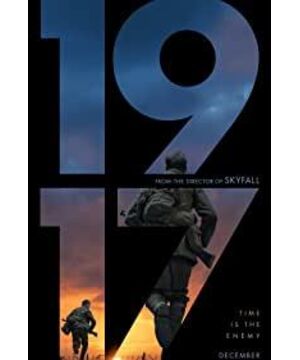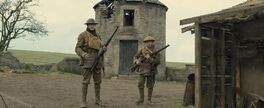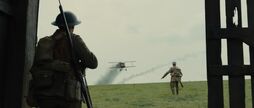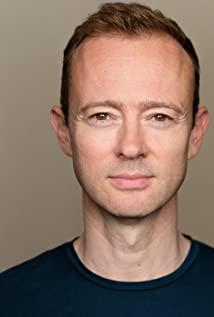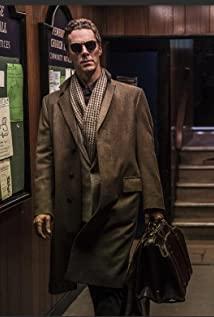As we all know, a movie is the art of editing. A movie that has lost its editing is like a machine that has lost its lubricating oil. It runs dry.
Editing can make the movie jump arbitrarily in time and place. Lost a shot of editing is obviously dead at a given time and place by a side of the lens, and the expressive power is very limited.
What's interesting is that Mendes was born as a theater director. This mirror is very similar to the coherent presentation on the theater stage! After all, a mirror is limited by the coherent lens, while the theater stage is limited by the location, and they all need the same continuous and uninterrupted presentation to complete the performance. The drama also has the ability to switch scenes and advance time between the scenes. In contrast, the film has a higher requirement for continuity. In this film, the location can still advance with the lens, and the acceleration of time is indeed unsolvable before the end of the lens. In the interval when Schofield was stunned, the director had to stop the camera to advance the timeline. The director can shorten the distance for a single shot, but we cannot follow a shot from day to night to daytime in 120 minutes.
It has to be said that theater director Mendes needs to mobilize time and characters more finely than ordinary film directors. In the end, a single shot theoretically requires a successful performance once. This requires multiple rehearsals like a drama rehearsal to familiarize yourself with the process, rather than slowly running in like in ordinary film shooting.
However, the plot in the film really paid too much to serve a shot, some had to be post-produced into seemingly uninterrupted shots, and there were characters who forcibly entered the shots immediately, causing many places to look very blunt.
In addition to some actors who need to refer to the theater method for scheduling on and off the stage, Mendes also retained some dramatic elements in the film's light and shadow processing. The unprovoked scene of a large number of incendiary bombs continuously burning made the entire ruined city in a very strong light ratio. The flickering and flickering of the light brings a strong dramatic effect, just like the strong appeal of drama on the stage.
Fortunately, Mendes has Diggins to help out. Only a theater director and a master photographer can make this seemingly excellent film in the end. 1917 is a good look. The sense of substitution brought by a single mirror is like the audience itself is crossing many obstacles to clear the customs, but with such a strong production team, I believe that this movie will not be better after a single mirror, which is brought by montage. The emotional turn and experience must be better.
This is a reversing movie in movie history.
View more about 1917 reviews


